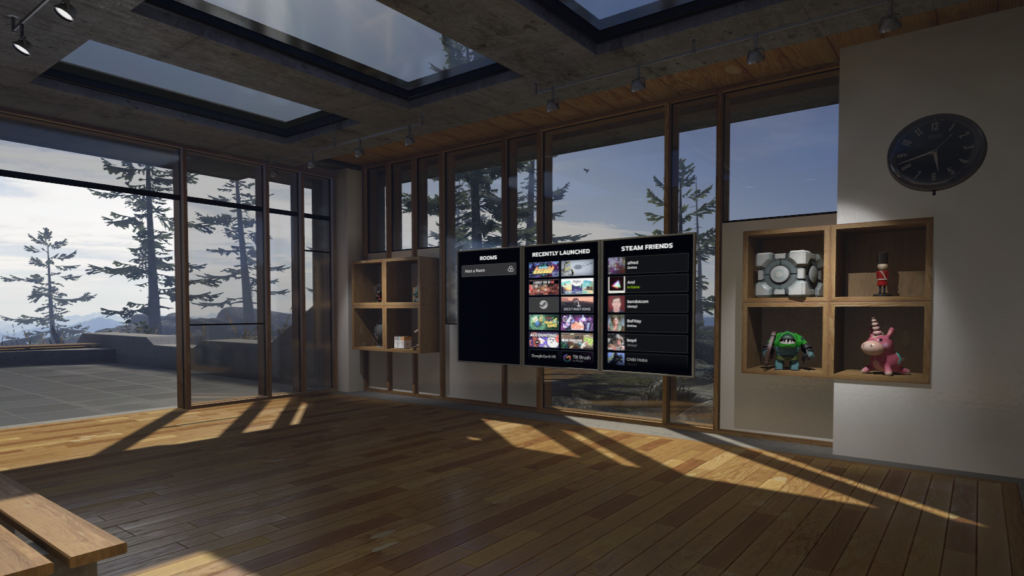In 2008, I drove a friend’s car across the country to their new home in Pittsburgh. (It was very Kerouac, great experience.) The bit of that trip that I remember best was my excursion off Route 66 to visit Barringer Meteor Crater, one of the best-preserved meteor craters in the world. I drove for a surprisingly long time to get to the visitor center, then walked to the crater’s rim. And beheld a really effing big hole in the ground.
There were some telescopes on the observation deck, fixed in place, pointing at the crater floor, so I took a look. There, through the lens, I saw a life-size cutout of an astronaut, which I thought was cute. But when I looked without the telescope, it wasn’t there. So I went back to the telescope to see if I could find some landmarks. Then I looked again, and it still wasn’t there. And then I recognized a cluster of teeny tiny dots at the bottom of the crater.
Suddenly, I had this twisting feeling in my mind, like a dolly zoom inside my brain, as I realized just how completely I had misunderstood the scale of what I was looking at. I remember the feeling to this day, that sense of wonder and that profound feeling that the world had things in it I had not previously been able to comprehend.
Psychologists call that feeling awe, and identify it by two features: it occurs in the presence of vastness, and it requires accommodation when you must adjust your mental frameworks to make sense of vastness. That adjustment can be scary, and it can be exhilarating. It leaves you feeling changed, and often, more connected to others and the world as a whole. It is a tremendously powerful experience.
The awe of monumentality, however, has historically been difficult for the arts to evoke effectively. The form that has engaged with it the most is architecture, and while it has often succeeded magnificently, it is extremely expensive to build a cathedral. Furthermore, even when you do build something monumental, the experience is only available to those who live nearby or have sufficient resources to travel to it.
Other forms, meanwhile, can attempt to evoke monumentality, but the results are usually not nearly as successful. A photograph of the Grand Canyon, however brilliant, is a dim reflection.
Virtual reality, however, often succeeds in evoking the awe of monumentality, and accessibly so. An example I experienced recently was SPACEWALKERS, a brief documentary filmed outside the International Space Station, available free on the Meta Quest. It is essentially ten minutes of wave after wave of awe as you realize, in new and surprising ways, holy shit, I’m in space. It is amazing.
But the power of monumentality doesn’t have to be restricted to 360-degree film. BRCvr, the virtual incarnation of Burning Man’s Black Rock City, uses the power of scale extensively to create a sense of liminality, to instruct the audience implicitly that now is the time to open your mind to the new.
I think that the major VR platforms understand this. Consider how many of the entry points for VR feature epic vistas, from Steam VR Home…

to Meta’s Home Environment for the Quest…

to VRChat’s default home.

Aside from monumentality’s pure aesthetic power, it can also offer useful tools for structuring emotional experiences, particularly in social VR. Psychologists have found that experiences of awe tend to cause people to feel more connected to other people, and more inclined to help each other. One well-known example of this is the “overlook effect,” an experience that astronauts report when observing the Earth from orbit in which, as Edgar Mitchell, the sixth person on the moon, put it, “You develop an instant global consciousness, a people orientation, an intense dissatisfaction with the state of the world, and a compulsion to do something about it.” (A company called SpaceBuzz is in fact trying to replicate the overlook effect in VR.)
Most experiences of awe are not so potent, but even a small fraction of that empathogenic effect could have really profound applications for creators building experiences intended to bring people together, and to build relationships.
Monumentality does present certain logistical challenges, at least for experiences with six degrees of freedom. One of the frustrations of BRCvr is that it is such a large space, and it’s not always clear which elements are worth interacting with. This can be a tedious experience, trekking across vast expanses to what winds up being no particular purpose. I had a similar experience with some of the VRChat worlds that were part of last year’s Venice Biennale; they deployed scale effectively, creating a sense of grandeur and mystery, but then the actual pieces of interactivity were so far apart that the experience was dominated by the boring travel time between interesting bits.
Nonetheless, these are challenges worth undertaking. Awe, in reality and virtuality alike, is a rare phenomenon, and sublime unlike anything else I know. Monumental virtual constructs can deliver an emotional experience not easily available to most of us; its power to open our hearts to each other and to the world could be a powerful tool for creators of social VR experiences.